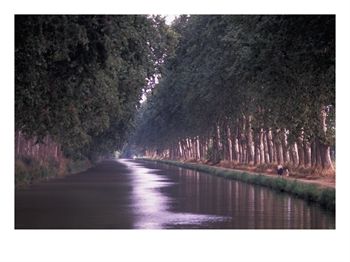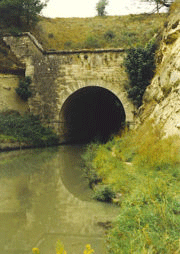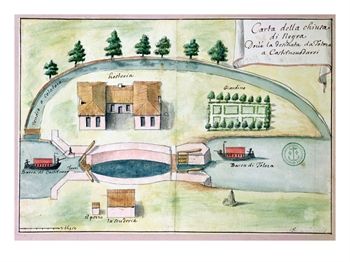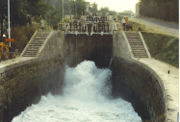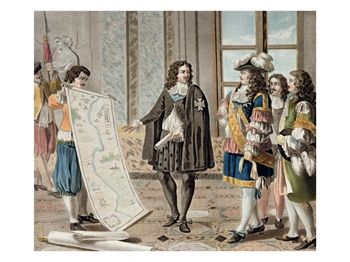
![]() The
Canal du Midi is the oldest working canal in the world,
a magnificent feat of seventeenth century engineering once
used for commerce, now for leisure. You can travel along
the 240 km of its length by barge, or walking
or cycling along side it (and eating and drinking at various
spots along it).
The
Canal du Midi is the oldest working canal in the world,
a magnificent feat of seventeenth century engineering once
used for commerce, now for leisure. You can travel along
the 240 km of its length by barge, or walking
or cycling along side it (and eating and drinking at various
spots along it).
In the Languedoc-Roussillon, it passes through the Aude département and the Hérault département. The Canal is a beautiful and tranquil waterway, connecting the Atlantic Ocean to the Mediterranean Sea, much admired by everyone who sees it. Those who know its history find it even more impressive.
Today, it is one of several World Heritage sites in the Languedoc. It was added to the UNESCO World Heritage List in 1985, qualifying under four seperate crieria including the first, the category "... a masterpiece of human creative genius" The Roman emperors Nero and Augustus had both thought about such a canal. So did Charlemagne, and the kings François I, Charles IX and Henri IV. The advantages of avoiding the sea voyage around Spain were considerable: a tenth of the distance, no storms, and no piracy. |
|
|
|


![]()
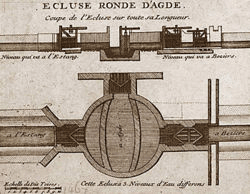
![]()
![]() Riquet's
plan was to join the River Garonne to the Mediterranean.
Since the Garonne flowed into the Atlantic, this meant that
the ocean would be connected to the sea. The difficult part
was the Languedoc, where countless obstacles stood in its
path, calling for imaginative hydraulic solutions. The main
part of the work was Toulouse to the Mediterranean coast.
Work began on the Saint Férreol reservoir, the largest artificial
reservoir in the world, near to where Pierre-Paul Riquet lived. Royal
funds were slow to materialise, so Riquet himself financed
this work and the first section (Toulouse-Trèbes),. The
second (Trèbes to the Etang de Thau) was started in in June
1668. The third from the Etang de Thau to the Mediterranean
included the building of the port of Sète,
then a small fishing village called Cette).
Riquet's
plan was to join the River Garonne to the Mediterranean.
Since the Garonne flowed into the Atlantic, this meant that
the ocean would be connected to the sea. The difficult part
was the Languedoc, where countless obstacles stood in its
path, calling for imaginative hydraulic solutions. The main
part of the work was Toulouse to the Mediterranean coast.
Work began on the Saint Férreol reservoir, the largest artificial
reservoir in the world, near to where Pierre-Paul Riquet lived. Royal
funds were slow to materialise, so Riquet himself financed
this work and the first section (Toulouse-Trèbes),. The
second (Trèbes to the Etang de Thau) was started in in June
1668. The third from the Etang de Thau to the Mediterranean
included the building of the port of Sète,
then a small fishing village called Cette).
|
|

![]() Places
on the Canal worth visiting include Fonseranes, Naurouze,
Carcassonne,
Homps, the Oppidum
de Enserune, Ventenac en Minervois, Béziers
and Sète.
You can tack trips along it in boats and barges, or cycle
along the towpath.
Places
on the Canal worth visiting include Fonseranes, Naurouze,
Carcassonne,
Homps, the Oppidum
de Enserune, Ventenac en Minervois, Béziers
and Sète.
You can tack trips along it in boats and barges, or cycle
along the towpath.
Originally the canal was called the Royal Canal in Languedoc, but that of course changed in 1789. The canal was extended in the nineteenth century to the River Rhône, which was connected to the Garonne by the Canal latéral à la Garonne. It is now possible to travel by canal between the Atlantic and Mediterranean just as Riquet planned.
The canal is the oldest functioning in Europe In December 1996, the canal was added to UNESCO's list of World Cultural Heritage Sites.
A statue of him stands in Béziers where he was born, probably on the 29th of June 1604. Another can be found in Toulouse where he died on the 1st October 1680. |
|

![]()
Canal du Midi as a UNESCO World Heritage Site.
Extracts from http://whc.unesco.org/en/list/770
Date of Inscription: 1996
N43 36 41 E1 24 59
Core zone: 1172 Ha, Buffer zone: 2014 Ha
|
Brief Description |
Justification for Inscription |
|
Name of Lock /
Nom de l'écluse |
stages / biefs |
Average Altitude above sea level
|
Distance to next lock
|
| Canal latéral de la Garonne |
-
|
132 m | 1.044 m |
| Béarnais |
1
|
135 m | 951 m |
| Minimes |
1
|
139 m | 1.260 m |
| Bayard |
1
|
145 m | 12.177 m |
| Castanet |
1
|
148 m | 1.705 m |
| Vic |
1
|
151 m | 7.495 m |
| Montgiscard |
1
|
159 m | 3.195 m |
| Ayguesvives |
2
|
159 m | 1.502 m |
| Sanglier |
2
|
163 m | 3.703 m |
| Négra |
1
|
166 m | 4.210 m |
| Laval |
2
|
170 m | 1.428 m |
| Gardouch |
1
|
173 m | 4.097 m |
| Renneville |
1
|
176 m | 2.843 m |
| Encassan |
2
|
185 m | 1.560 m |
| Emborrel |
1
|
189 m | 4.157 m |
| Océan |
1
|
193 m | 5.190 m |
| Méditerranée |
1
|
193 m | 789 m |
| Roc |
2
|
189 m | 1.271 m |
| Laurens |
3
|
180 m | 1.138 m |
| Domergue |
1
|
175 m | 1.233 m |
| La Planque |
1
|
173 m | 4.678 m |
| Saint-Roch |
4
|
170 m | 1.533 m |
| Gay |
2
|
159 m | 1.653 m |
| Vivier |
3
|
154 m | 418 m |
| Guillermin |
1
|
147 m | 583 m |
| Saint-Sernin |
1
|
145 m | 937 m |
| Guerre |
1
|
141 m | 1.094 m |
| Peyruque |
1
|
139 m | 498 m |
| La Criminelle |
1
|
137 m | 1.388 m |
| Tréboul |
1
|
134 m | 3.800 m |
| Villepinte |
1
|
130 m | 1.685 m |
| Sauzens |
1
|
127 m | 1.219 m |
| Bram |
1
|
126 m | 5.592 m |
| Béteille |
1
|
123 m | 7.471 m |
| Villesèquelande |
1
|
122 m | 4.740 m |
| Lalande |
2
|
116 m | 270 m |
| Herminis |
1
|
114 m | 1.376 m |
| La Douce |
1
|
109 m | 5.122 m |
| Carcassonne |
1
|
106 m | 2.874 m |
| Saint-Jean |
1
|
102 m | 763 m |
| Fresquel Double |
2
|
97 m | 105 m |
| Fresquel Simple |
1
|
92 m | 3.763 m |
| Évêque |
1
|
91 m | 750 m |
| Villedubert |
1
|
86 m | 4.641 m |
| Trèbes |
3
|
84 m | 9.210 m |
| Marseillette |
1
|
79 m | 3.308 m |
| Fonfile ou Rachin |
3
|
76 m | 1.242 m |
| Saint-Martin |
2
|
67 m | 1.763 m |
| L'Aiguille |
2
|
59 m | 3.039 m |
| Puichéric |
2
|
57 m | 6.313 m |
| Jouarres |
1
|
49 m | 3.688 m |
| Homps |
1
|
46 m | 688 m |
| Ognon |
2
|
41 m | 2.726 m |
| Pechlaurier |
2
|
38 m | 2.485 m |
| Argens |
1
|
32 m | 53.869 m |
| Fonserannes |
6
|
32 m | 1.500 m |
| River Orb |
1
|
18 m | 200 m |
| Béziers |
1
|
12 m | 4.100 m |
| Ariége |
1
|
9 m | 1.344 m |
| Villeneuve |
1
|
6 m | 4.466 m |
| Portiragnes |
1
|
5 m | 13.158 m |
| Agde |
1
|
4 m | 4.447 m |
| Bagnas |
1
|
2 m | 5.282 m |
| Débouché dans l'étang de Thau |
-
|
0 m | - |
Canal du Midi TriviaThomas Jefferson visited France in 1789 to study the Canal du Midi, planning a similar canal linking the Potomac river with Lake Erie Click on the following link for more on getting
to the Languedoc by the French canal network Click on the following link for more on canal
holidays in the Languedoc Click on the following link for more on Pierre-Paul
Riquet Click on the following link for more on other famous
Languedoc people famous
Languedoc people |
|
Canal du Midi Photo Gallery
|
Canal du Midi |
 |
|
|
|
|
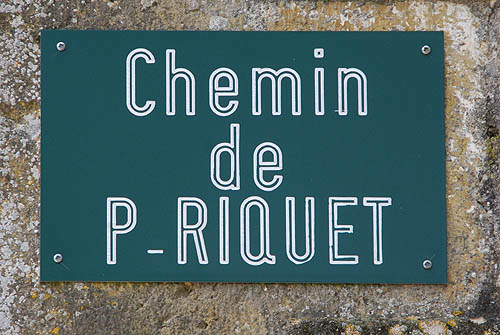 |
|
|
|
Canal du Midi |
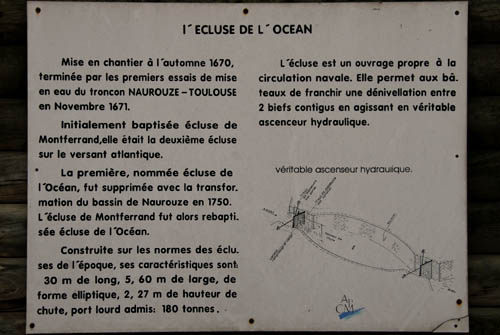 |
|
|
|
Canal du Midi |
 |
|
|
|
Canal du Midi |
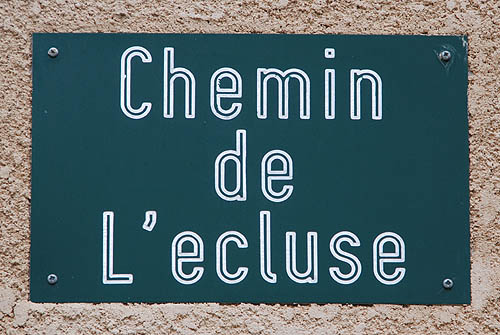 |
|
|
|
Canal du Midi |
 |
|
|
|
Canal du Midi |
 |
|
|
|
Canal du Midi |
 |
|
|
|
Canal du Midi |
 |
|
|
|
Canal du Midi |
 |
|
|
|
Canal du Midi |
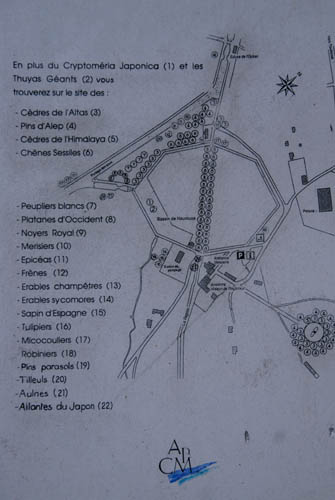 |
|
|
|
Canal du Midi |
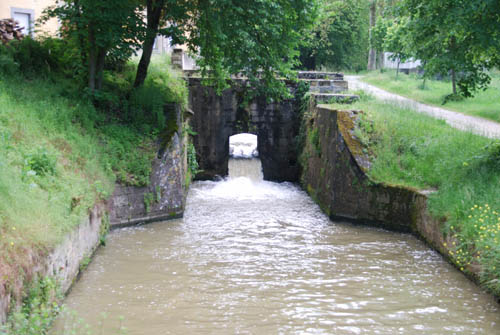 |
|
|
|
Canal du Midi |
 |
|
|
|
Canal du Midi |
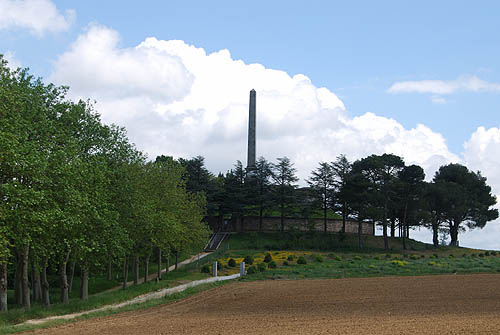 |
|
|
|
Canal du Midi |
 |
|
|
|
Canal du Midi |
 |
|
|
|
Canal du Midi |
 |
|
|
|
Canal du Midi |
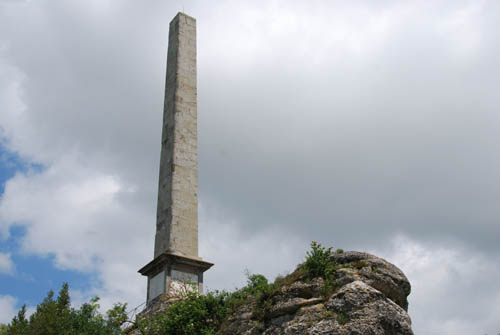 |
|
|
|
Canal du Midi |
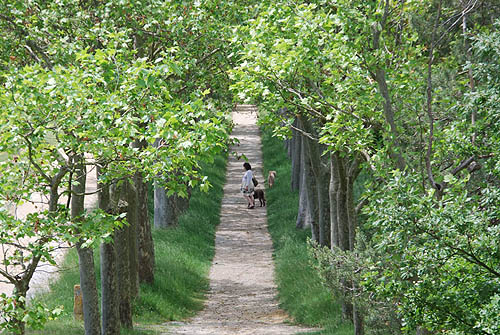 |
|
|
|
Canal du Midi |
 |
|
|
|
Canal du Midi |
 |
|
|
|
Canal du Midi |
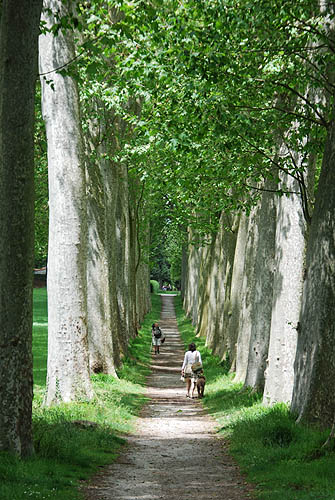 |
|
|
|
Canal du Midi |
 |
|
|
|
Canal du Midi |
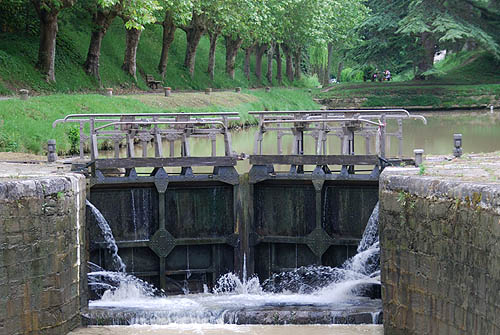 |
|
|
|
Canal du Midi |
 |
|
|
|
Canal du Midi |
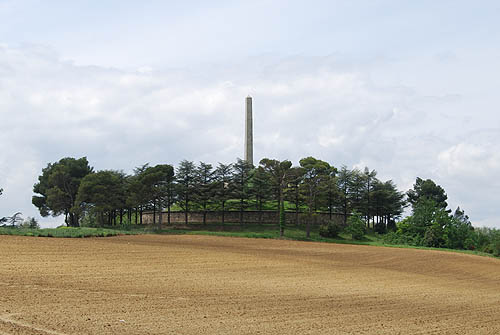 |
|
|
|
Canal du Midi |
 |
|
|
|
Canal du Midi |
 |
|
|
|
Canal du Midi |
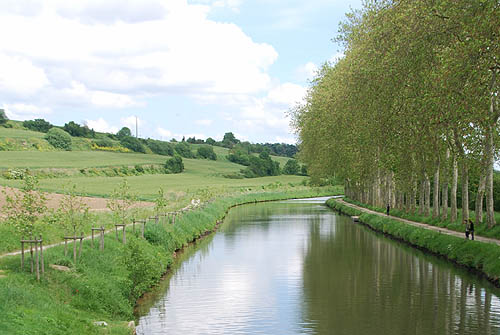 |
|
|
|
Canal du Midi |
 |
|
|
|
Canal du Midi |
 |
|
|
|
Canal du Midi |
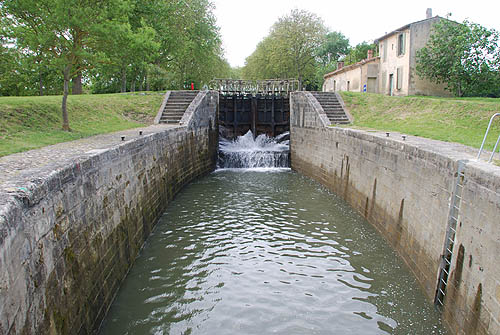 |
|
|
|
Canal du Midi |
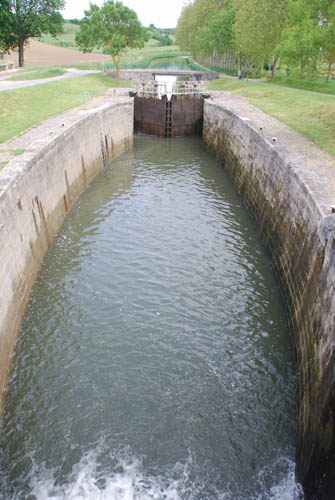 |
|
|
|
Canal du Midi |
 |
|
|
|
Canal du Midi |
 |
|
|
|
Canal du Midi |
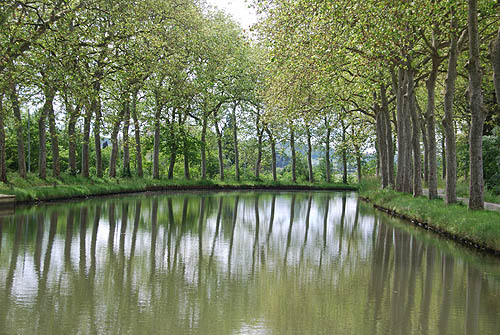 |
|
|
|
Canal du Midi |
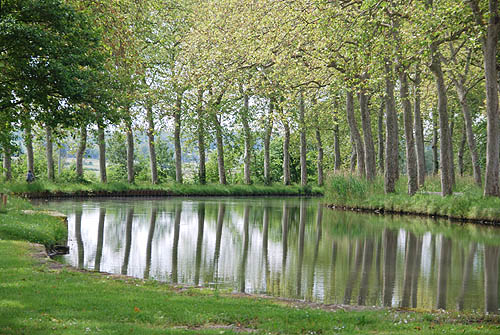 |
|
|
|
Canal du Midi |
 |
|
|
|
Canal du Midi |
 |
|
|
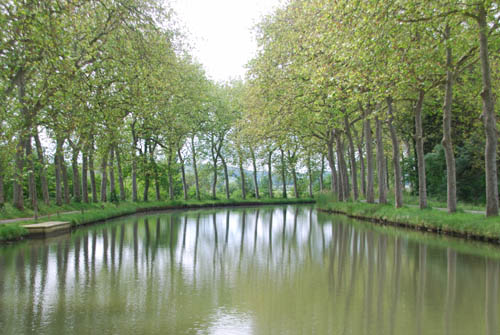 |
|
|
|
Canal du Midi |
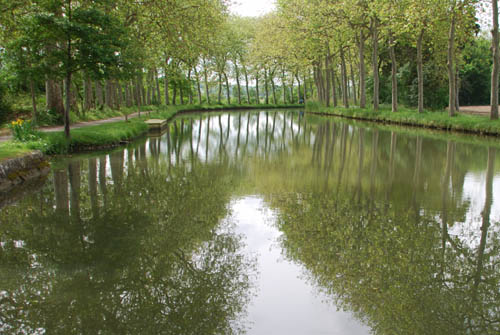 |
|
|
|
Canal du Midi |
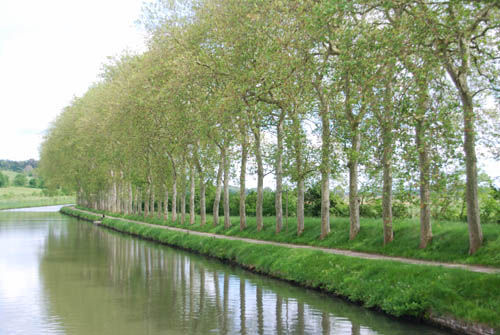 |
|
|
|
Canal du Midi |
 |
|
|
|
Canal du Midi |
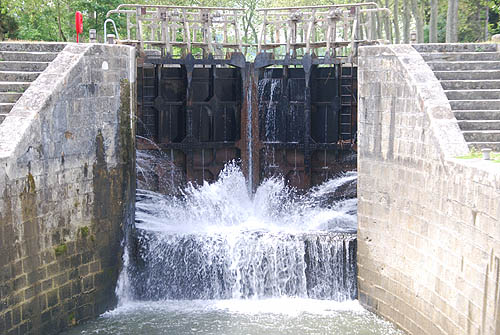 |
|
|
|
|
External Links
History of the canal's construction: http://www.midicanal.fr/ ![]()
About the Canal du Midi: http://www.canal-du-midi.org/english/rubriques/canal/m-histoire.htm ![]()
Maps
and Photographs of the Canal: http://www.midicanal.com/canal/index.htm
![]()
Boat hire: http://www.midicanal.com/boathire/![]()
Travelogue - Moët & Chandon, a narrowboat on the Canal du Midi ![]()



